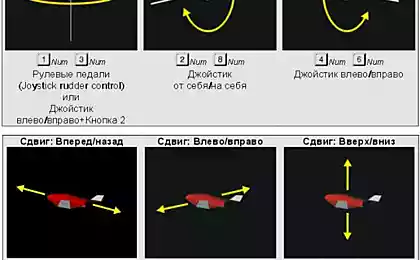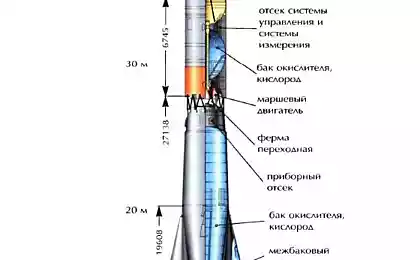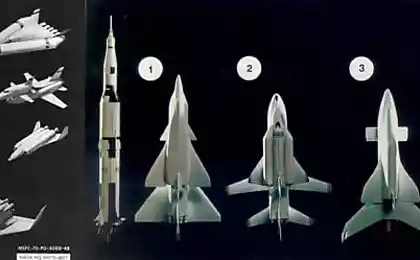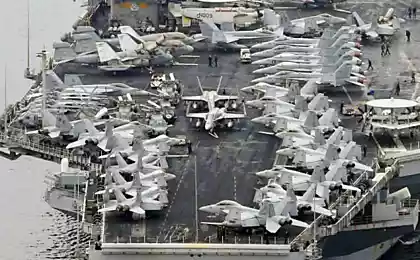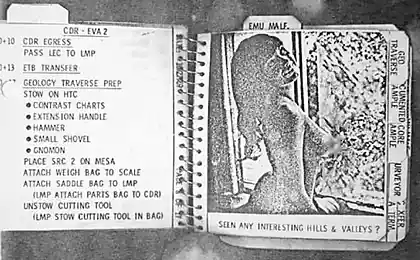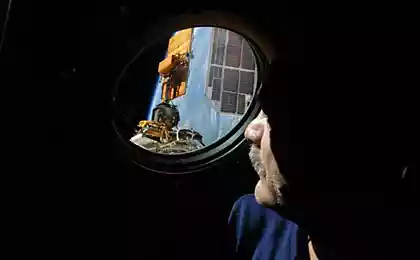
Habre Recently there was news about
the planned construction of a space elevator . For many, it seemed to be something fantastic and incredible, like a huge
кольца from Halo or
сферы Dyson . But the future is closer than you think, stairway to heaven is quite possible, and maybe we'll even see it in my lifetime.
Now I will try to show why we can not go out and buy a ticket, "Earth-Moon" at the price of the ticket "Moscow-Peter", as we will help lift and for that he will be held not to fall to the ground.
From the outset, the development of rocket engineers were headache fuel. Even in the most modern missile fuel takes somewhere 98% of the mass of the ship.
If we want to pass the astronauts on the ISS gingerbread bag weighing
1 kg i>, then it will take, roughly speaking, 100 kilograms of propellant i>. Booster disposable, and only return to Earth in the form of burnt debris. Way of getting gingerbread. The mass of the ship is limited, and hence the payload for one time is strictly limited. Each launch requires expenditures.
And if we want to fly somewhere beyond Earth orbit?
Engineers from around the world sat down and started to think: what should be a spaceship to take away on it more, and fly it on?
Where rocket will fly? H4> While the engineers thought their children have found some nitrate and cardboard and started tinkering toy rocket . Such missiles could not reach up to the roof of tall buildings, but the kids were happy. Then came the very smartest idea: "let's natolkaem more nitrate in the rocket and it will fly above».
But the above is not rocket flew, as has become too heavy. She could not even get off the ground. After some experimentation children found the optimal amount of nitrate in which the missile flies above it all. If you add more fuel rocket mass pulls her down. If less - fuel ends earlier.
Engineers also soon realized that if we want to pour more fuel, and hence the thrust must be greater. Options to increase the range a bit:
to increase the efficiency of the engine to fuel losses were minimal (сопло Laval ) to increase the specific impulse of the fuel to the fuel mass at equal thrust was more all the way rockets i> is carefully calculated, and the fuel in a rocket lay bare minimum. At the same time actively using gravity using the celestial bodies and centrifugal forces. Astronauts after the mission does not say "guys in a tank of fuel still left a bit, let's fly to Venus».
But how to determine how much fuel you need to rocket fell into the ocean with an empty tank, and flew to Mars?
The escape velocity h4> Children, too, tried to make a rocket fly higher. Even got hold of a textbook on aerodynamics, read about the Navier-Stokes equations, but did not understand anything and just attached a rocket pointed nose.
Passed by their old friend Hottabych and wondered what the guys are sad.
- Oh, Grandpa, if we had a rocket with infinite fuel and low weight, it would probably flew to the skyscraper, or even to the top of the mountain.
- Do not worry, Costa ibn Eduard - Hottabych replied, pulling the last hair - let the rocket fuel is never ending.
Joyful kids launch missiles and waited for her return to earth. The rocket flew up to the skyscraper, and to the top of the mountain, but not stopped and flew on until lost from sight. If you look into the future, then the rocket left the ground, flew out of the solar system, our galaxy, and flew at sub-light speed to conquer the vastness of the universe.
Children were surprised, as it is their small rocket was able to fly so far. After all, the school said that in order not to fall back to Earth, the speed should not be less than the second space (11, 2 km / s). Is their a small rocket could develop such speed?
But their parents are engineers explained that if the rocket infinite supply of fuel, it will be able to fly anywhere, if more traction force of gravity and friction forces. Since the missile can fly, enough traction, and in outer space even easier.
The escape velocity - this is not speed, which must be y missiles Ball i> from the surface of the earth, that he would not go back on it. At launch, unlike the ball, have engines. For it is important, not speed, and total momentum i>.
The hardest part for missiles - to overcome the initial portion of the path. Firstly, the surface gravity is stronger. Second, the dense atmosphere near the Earth, where very hot i> fly at such speeds. And arcjet thrusters working in it less than in vacuo. So now fly on a multistage rocket, the first stage quickly consumes its fuel and separates, and lightened the ship flies to the other engines.
Konstantin Tsiolkovsky been thinking about this problem, and came up with космический Lift (in 1895). Above him, then, of course, laughed. However, laughed at him, and because of the rockets and satellites and space stations, and even considered it not of this world, "we've got more cars are not invented until the end, and he was going into space».
Then scientists conceived and imbued flew a rocket launched the satellite, built near the orbital stations, in which colonized people. Above Tsiolkovsky nobody laughs, on the contrary, it is very respected. And when opened heavy-duty graphene nanotubes think seriously about the "stairway to heaven».
Why satellites do not fall down? H4> Everyone knows about centrifugal force. If quick twist ball on a string, it does not fall to the ground. Let's try to quickly roll out the ball, and then gradually slow down the speed of rotation. At some point it will stop spinning and fall. This is the minimum speed at which the centrifugal force will balance the force of gravity of the earth. If you turn the ball faster, stronger rope tension occurs (and at some point will burst).
Between Earth and satellites also have "rope" - gravity. But unlike ordinary rope she can not stretch. If the "twist" companion faster than necessary, he "gets off" (and will go into an elliptical orbit, or even fly). The closer the satellite to the ground, the faster it is necessary to "spin." Ball on a short rope also turns faster than the long.
It is important to remember that orbital (linear) velocity of the satellite - this is not speed relative to the surface of the earth points on the equator of the earth i>, by the way, 465 m / s (Earth revolves as claimed stubborn Galileo).
In fact, for the ball on a string and not calculated for the satellite linear velocity and angular (how many times per second makes the body).
So, if you find an orbit that the angular velocity of the satellite and the ground surface will be the same, then the satellite will hang over one point on the surface. Such an orbit found and it is called геостационарная orbit (GSO). Satellites hang motionless above the equator, and people do not have to turn the dish and "catch signal».
the Beanstalk h4> What if the pull rope with such a satellite to the ground, because it hangs over one point? To the other end of the satellite cargo tie, the centrifugal force will increase and will keep and satellite, and rope. After all, does not drop the ball when it is good to unwind. Then you can raise on this rope loads straight into orbit, and forget as a bad dream multistage rocket fuel zhruschy kilotons at low load capacity.
The speed of motion of the atmosphere in the load will be small, then it will not be heated, in contrast to the missile. And the energy required to lift less, as a point of support.
The main problem - the mass of the rope. Prior to geostationary Earth orbit 35 thousand kilometers i>. If you hang on to the geostationary orbit steel fishing line i> 1 mm in diameter, its mass will be 212 tons (and it should pull much further to counterbalance lift centrifugal force). However, it must withstand the weight, and the weight of the load.
Fortunately, in this case a little help what the teacher for physics students often criticized: weight and weight - different things. The further stretches the rope from the ground, the more he loses weight. Although the specific strength of the rope still be huge.
With carbon nanotubes engineers hope. Now a new technology, and we can not twist these tubes in a long rope. And it is impossible to achieve their maximum design strength. But who knows what will happen next?
Source: habrahabr.ru/post/238271/



